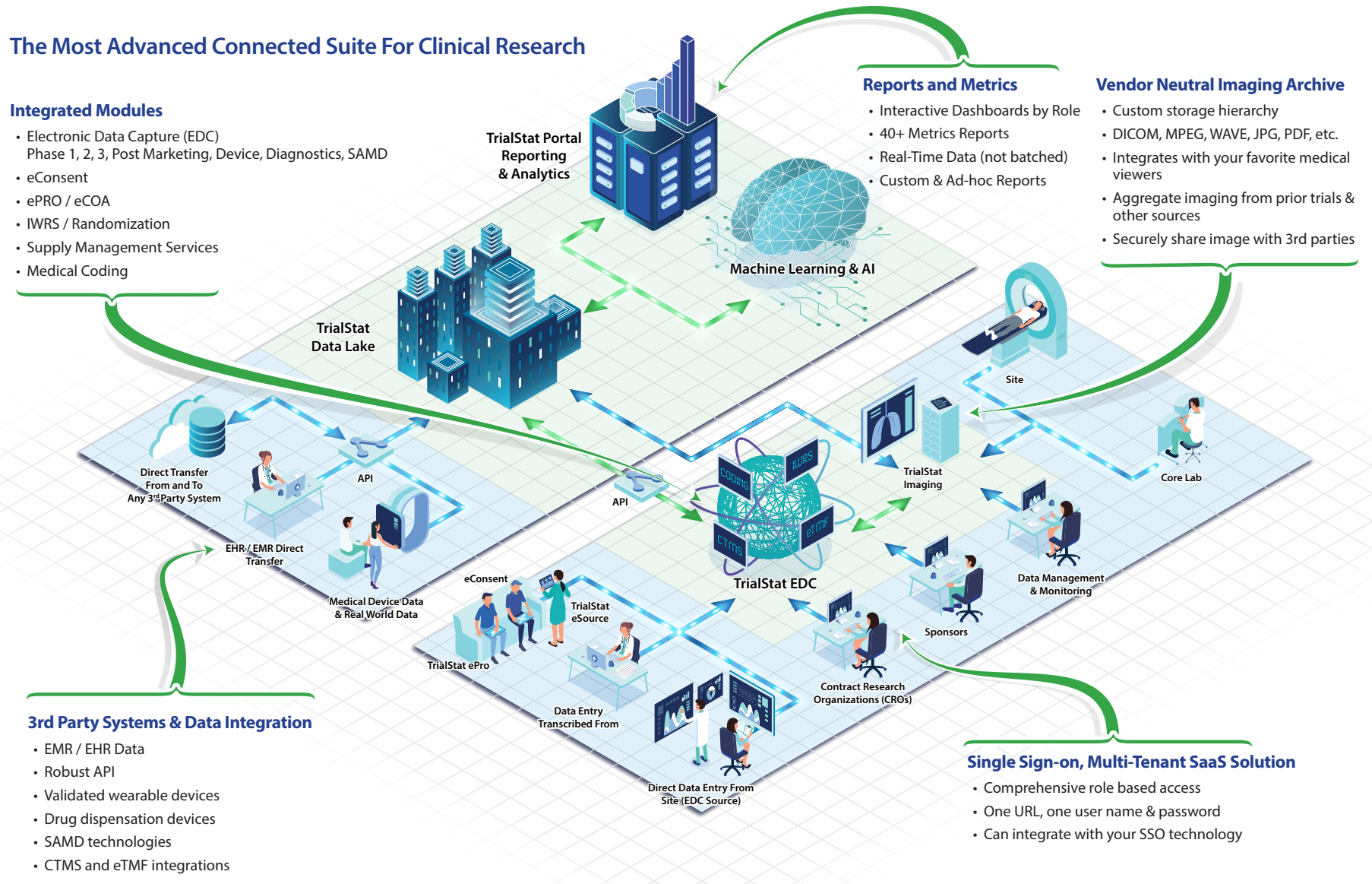Encouraging Updated Data from Phase 2 MARIO-3 TNBC Trial Presented at 2021 San Antonio Breast Cancer Symposium
-88.6% of Evaluable 1L TNBC Patients Achieved Tumor Reduction-
-Disease Control Rate of 92.8% and 81.4% of Evaluable Patients with PD-L1 Positive and PD-L1 Negative Tumors, Respectively-
-Median PFS Improvement of 47% and 30% Compared to IMpassion130 Benchmark for Patients with PD-L1 Positive and PD-L1 Negative Tumors, Respectively-
– Safety Consistent with Expectations for the Three Component Drugs with No New Safety Signals –
-Investor Event with KOL Scheduled for Today, December 10, 9:30am ET-
Excerpt from the Press Release:
CAMBRIDGE, Mass.–(BUSINESS WIRE)–Infinity Pharmaceuticals, Inc. (NASDAQ: INFI) a clinical-stage biotechnology company developing eganelisib, a first-in-class, oral, immuno-oncology macrophage reprogramming therapeutic, today presented updated data from the ongoing MARIO-3 clinical study during the 2021 San Antonio Breast Cancer Symposium (SABCS). MARIO-3 is the Company’s ongoing Phase 2 study evaluating eganelisib in combination with atezolizumab (Tecentriq®) and nab-paclitaxel (Abraxane®) in frontline metastatic triple negative breast cancer (TNBC).
“These promising updated data suggest that the addition of eganelisib to atezolizumab and nab-paclitaxel has the potential to provide improved patient outcomes over benchmark IMpassion130 data in front-line metastatic TNBC,” said Hatem Soliman, M.D., MARIO-3 Investigator and Medical Director, Clinical Trials Office at the Moffitt Cancer Center. “Tumor reductions in 88.6% of evaluable patients were associated with a disease control rate of 81.4% in patients with PD-L1 negative tumors who are among the most challenging to treat. Importantly, we see that this impressive disease control rate is translating into durable clinical benefit, regardless of PD-L1 status, with encouraging mPFS compared to the IMpassion130 benchmark study. These compelling findings, combined with eganelisib’s safety and tolerability profile, indicate that eganelisib has the potential to become an important new treatment option for advanced TNBC patients.”
Adelene Perkins, Chief Executive Officer and Chair, Infinity Pharmaceuticals, said, “With a median duration of follow-up of almost 10 months, the durable clinical benefit seen with the eganelisib combination reinforces our vision of bringing better therapies to frontline TNBC patients. When compared to the IMpassion130 benchmark data, a 47% improvement in median PFS for patients with PD-L1 positive tumors and a 30% improvement in median PFS for patients with PD-L1 negative tumors provides consistent and compelling evidence of eganelisib’s potential to improve outcomes for these patients.”
MARIO-3 Key Data Updates:
- This data update includes 50 patients enrolled and 44 evaluable as of the October 2, 2021 data cutoff date, with a median duration of follow up of 9.9 months.
- Of evaluable patients, tumor reduction was observed in 92.8% of patients with PD-L1 positive tumors (13/14) and 85.2% of patients with PD-L1 negative tumors (22/27).
- Disease control rate (DCR)
- 92.8% (13/14) DCR in patients with PD-L1 positive tumors: CR 14.3% (2/14), PR 57.1% (8/14), SD 21.4% (3/14)
- 81.4% (22/27) DCR in patients with PD-L1 negative tumors: complete response (CR) 0% (0/27), partial response (PR) 48.1% (13/27), stable disease (SD) 33.3% (9/27)
- Progression free survival (PFS)
- In patients with PD-L1(+) tumors, median PFS in MARIO-3 was 11.0 months, a 47% improvement in mPFS compared to the 7.5 months reported for atezolizumab and nab-paclitaxel alone in IMpassion130
- In patients with PD-L1(-) tumors, median PFS in MARIO-3 was 7.3 months, a 30% improvement compared to the 5.6 months reported for atezolizumab and nab-paclitaxel alone in IMpassion130
- 72% of the 32 PD-L1 (+) and PD-L1(-) patients treated since the June 26, 2021 data cut remain on treatment
- 67% of the PD-L1(-) patients who reached the median PFS of 7.3 months remain on treatment
- Safety
- MARIO-3 did not demonstrate any new safety signals compared to benchmark trials, and its safety profile was consistent with expectations for the three component drugs. The most common Grade 3 or higher treatment-related TEAEs were hepatic AEs (18%); neutropenia AEs (16%); skin AEs (12%); fatigue, diarrhea and peripheral sensory neuropathy (6% each); and vomiting and weight decreased (2% each). Seven patients (14%) discontinued treatment for treatment-related TEAEs and nine patients (18%) had treatment-related SAEs.
- Quantification across 11 paired tumor biopsies shows increased immune activation and decreased immune suppression including an increase in CD8+ T cells, activated T cells, and anti-tumor M1 macrophages and a decrease in tumor cells and pro-tumor M2 macrophages resulting in an increase in the M1:M2 ratio.
- Paired tumor biopsy data show 5 of 8 patients with PD-L1(-) tumors converting to PD-L1(+) two months after treatment utilizing the same 1% PD-L1 cutoff standard used in the benchmark IMpassion130 study. PD-L1 expression also increased in the three patients with PD-L1(+) tumors who started the study above the 1% cutoff. None of the patients converting to PD-L1(+) or patients with PD-L1(+) tumors who experienced increased PD-L1 expression had disease progression.
Click the button below to read the entire Press Release:
Discover What Sets TrialStat Apart From Ordinary EDC Platforms
Click the image or button below to explore our eClinical Suite Platform and discover what sets TrialStat apart from competing EDC platforms.
Request Your Demo Today!
From rapid database build through database lock, we deliver consistent quality on-time and on-budget. Ready to upgrade your eClinical toolkit?

